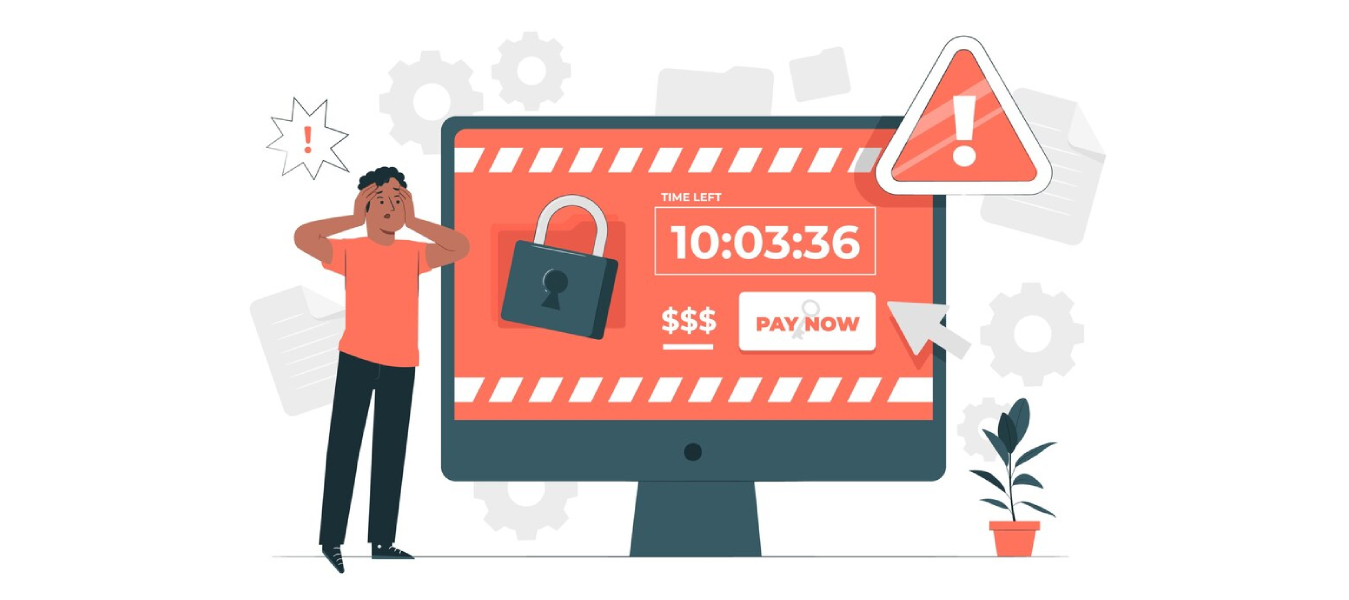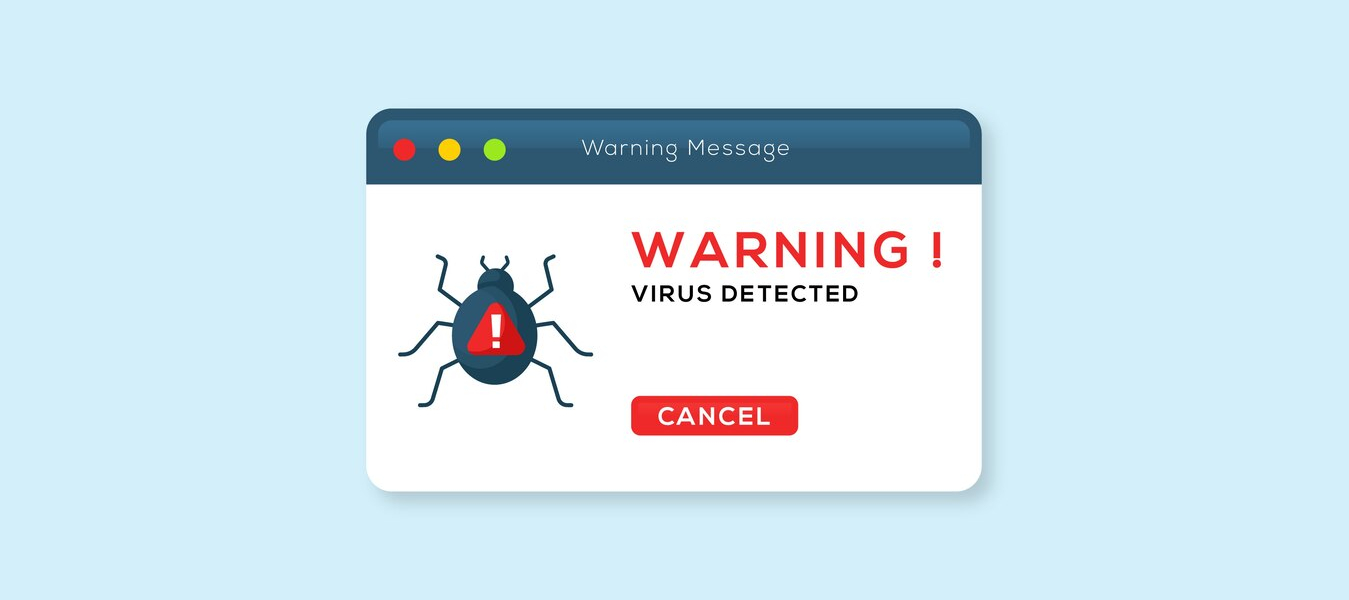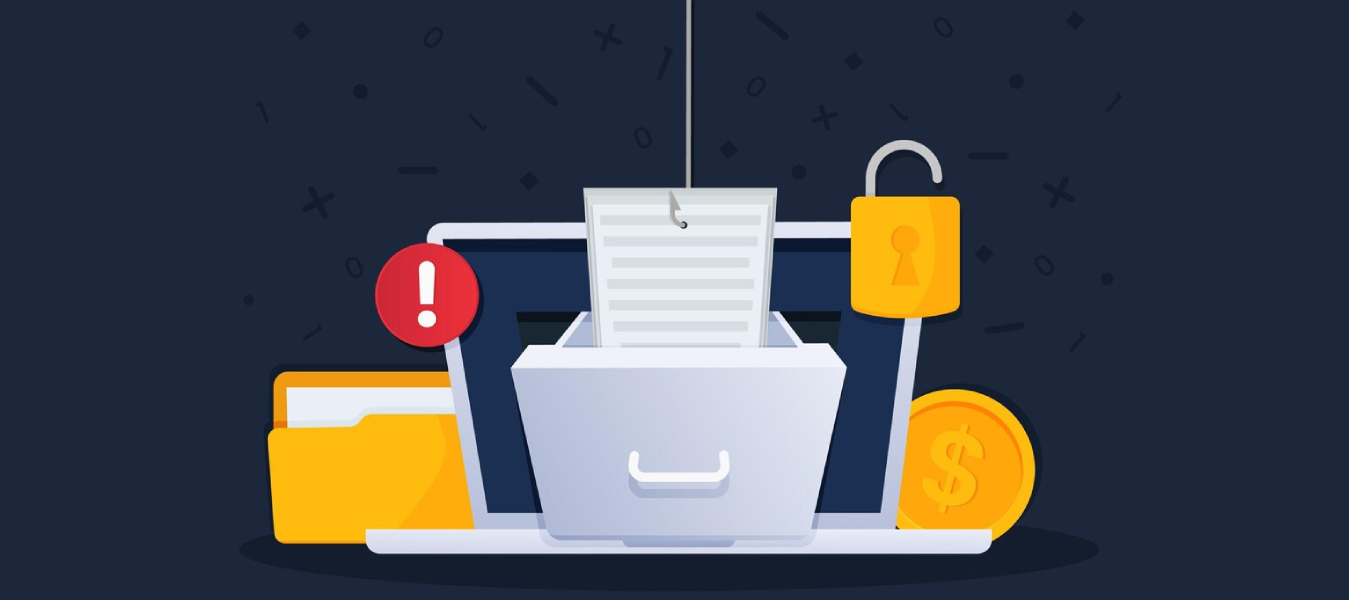
Ransomware
What is Ransomware?
Ransomware is a form of malicious software designed to encrypt files or entire computer systems, rendering them inaccessible to the victim. Attackers demand a ransom, usually in cryptocurrency, in exchange for a decryption key that can unlock the compromised data or system. Ransomware attacks can have severe consequences, both financially and operationally.
Common Types of Ransomware
Common types of ransomware include:
- Crypto Ransomware: Encrypts files and demands a ransom for decryption.
- Locker Ransomware: Locks users out of their computer or device, demanding payment to regain access.
- Scareware: Falsely claims to have detected malware on the victim’s system and demands payment for removal.
- Doxware (Leakware): Threatens to publish sensitive or confidential data unless a ransom is paid.
Targets of Ransomware Attacks
Ransomware attacks can target a wide range of entities, including:
- Individuals for personal files and data.
- Small and large businesses for proprietary information, customer data, and operational disruption.
- Healthcare organizations, potentially endangering patient lives.
- Critical infrastructure, including energy and transportation sectors.
- Government agencies and institutions, compromising sensitive data and services.
- Educational institutions, disrupting classes and affecting student records.
How Ransomware Works
Infection and Encryption
Ransomware typically follows these steps:
- Delivery: The attacker introduces the ransomware into the target system, often through phishing emails, malicious websites, or exploit kits.
- Execution: The ransomware is activated, encrypting files and, in some cases, spreading to networked systems.
- Ransom Demand: The attacker presents a ransom demand, usually involving payment in cryptocurrency, in exchange for a decryption key.
- Data Recovery: If the victim pays the ransom, they receive the decryption key to unlock their data.
Consequences of Ransomware
Ransomware attacks can lead to:
- Data loss, including sensitive and irreplaceable information.
- Downtime and operational disruption, causing financial losses.
- Legal and regulatory consequences for data breaches.
- Damage to an organization’s reputation.
- Encouragement of further criminal activity.
- The possibility of the victim not receiving a decryption key, even after paying the ransom.
Preventing Ransomware
Best Practices for Individuals
Individuals can protect themselves from ransomware by:
- Regularly backing up their data to offline storage.
- Using reputable antivirus and anti-ransomware software.
- Being cautious about email attachments and links, especially from unknown senders.
- Keeping operating systems and software up to date with security patches.
- Educating themselves about common ransomware attack vectors and tactics.
- Avoiding the payment of ransoms, as it does not guarantee data recovery.
Best Practices for Businesses and Organizations
Businesses can enhance their cybersecurity by:
- Implementing network security measures like firewalls and intrusion detection systems.
- Conducting regular security audits and vulnerability assessments.
- Providing cybersecurity training for employees to recognize and report phishing and ransomware attempts.
- Implementing data encryption and access controls to restrict sensitive data access.
- Developing an incident response plan for ransomware incidents.
- Regularly testing backup and recovery procedures.











